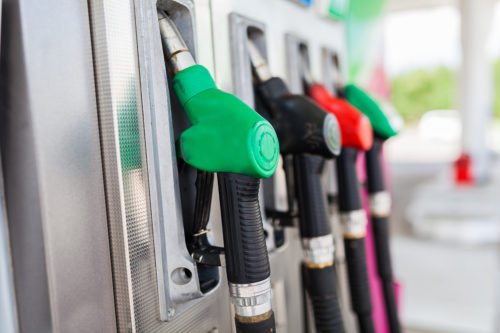Government to establish own oil reserve
- September 22, 2021
- 0

The government looks to build its own oil reserve in a bid to lessen the country’s dependence on imported oil and thus, exposure to price or supply volatilities.
This would be done through the establishment of the Philippine Strategic Petroleum Reserve Program (PSRP), which the Department of Energy (DOE) outlined in a department circular dated September 16.
Under DC2021-09-0028 or the implementing guidelines for the establishment of the PSRP, the DOE seeks to establish a state-owned reserve of crude oil, finished petroleum products and biofuels to enhance the security of the country’s fuel supply. This would enable the government to address a severe international supply interruption or to implement the Targeted Fuel Relief Program.
Under the circular, the Philippine National Oil Company (PNOC) is tasked to acquire the necessary storage and blending capacity by construction, lease, or other acquisition options based on the agreed minimum and maximum volume level determined by the feasibility study and specified on the approved guidelines on securing storage and blending facility.
The storage and blending facility should be consistent with the supply contract and products portfolio.
In addition, the DOE tasked PNOC to acquire the appropriate supply contracts and product type portfolio that allows it to secure the necessary volume to attain the objective of PSRP.
The approval of supply contracts and maintenance of product type portfolio should take into account the feasible and sustainable operation of the program in the manner most economical and advantageous to the government.
PNOC is also responsible for establishing the competence to distribute products to the intended purpose of the PSRP, from the transport logistics down to the fuel discharge to the end-consumers.
The distribution chain may be done through lease or acquisition. To address immediate disaster or emergency response deployment, PNOC should ensure the availability of Mobile Distribution Vehicle.
The circular also mandates both DOE and PNOC to utilize the assistance of the existing Inter-Agency Contingency Committee created by Administrative Order No. 6 in the implementation of the preparatory activities and the actual implementation of the PSRP.
The two agencies are also tasked with ensuring continuous engagement and participation with international commitments on oil stockpiling projects and initiatives. Such engagement includes consistent participation in training and meetings, joint studies and projects, and compliance to approved international agreements.
“This Circular will help bring the country closer to attaining energy security by decreasing our dependence on the importation of crude oil and finished petroleum products to meet our fuel requirements,” Energy Sec. Alfonso Cusi said in a statement.
The DOE had already directed PNOC in 2019 to conduct a feasibility study for establishing a Strategic Petroleum Reserve (SPR). In May, the DOE signed an agreement with the Japan Oil, Gas and Metals National Corporation to provide recommendations on the creation and operation of the PSRP, among other commitments.
The SPR consists of large stockpiles of crude oil as well as petroleum products, stored in facilities located around the country—and possibly overseas—that are released during periods of local or international oil supply disruptions.
The new circular will take effect 15 days following its complete publication in two newspapers of general circulation.